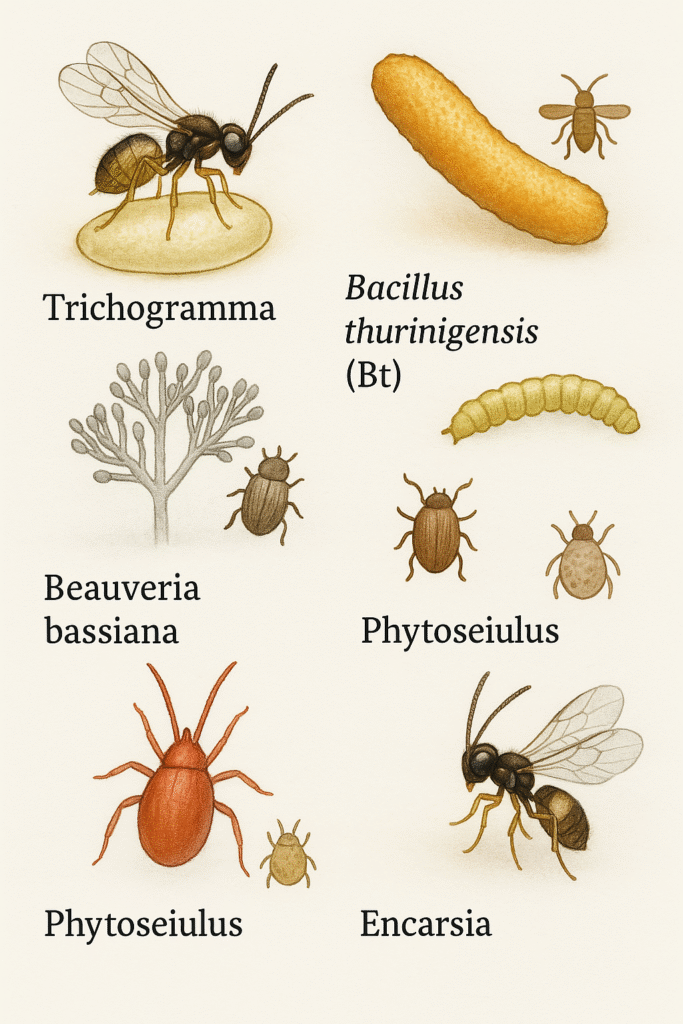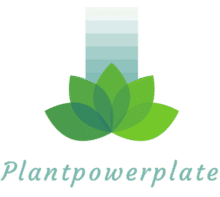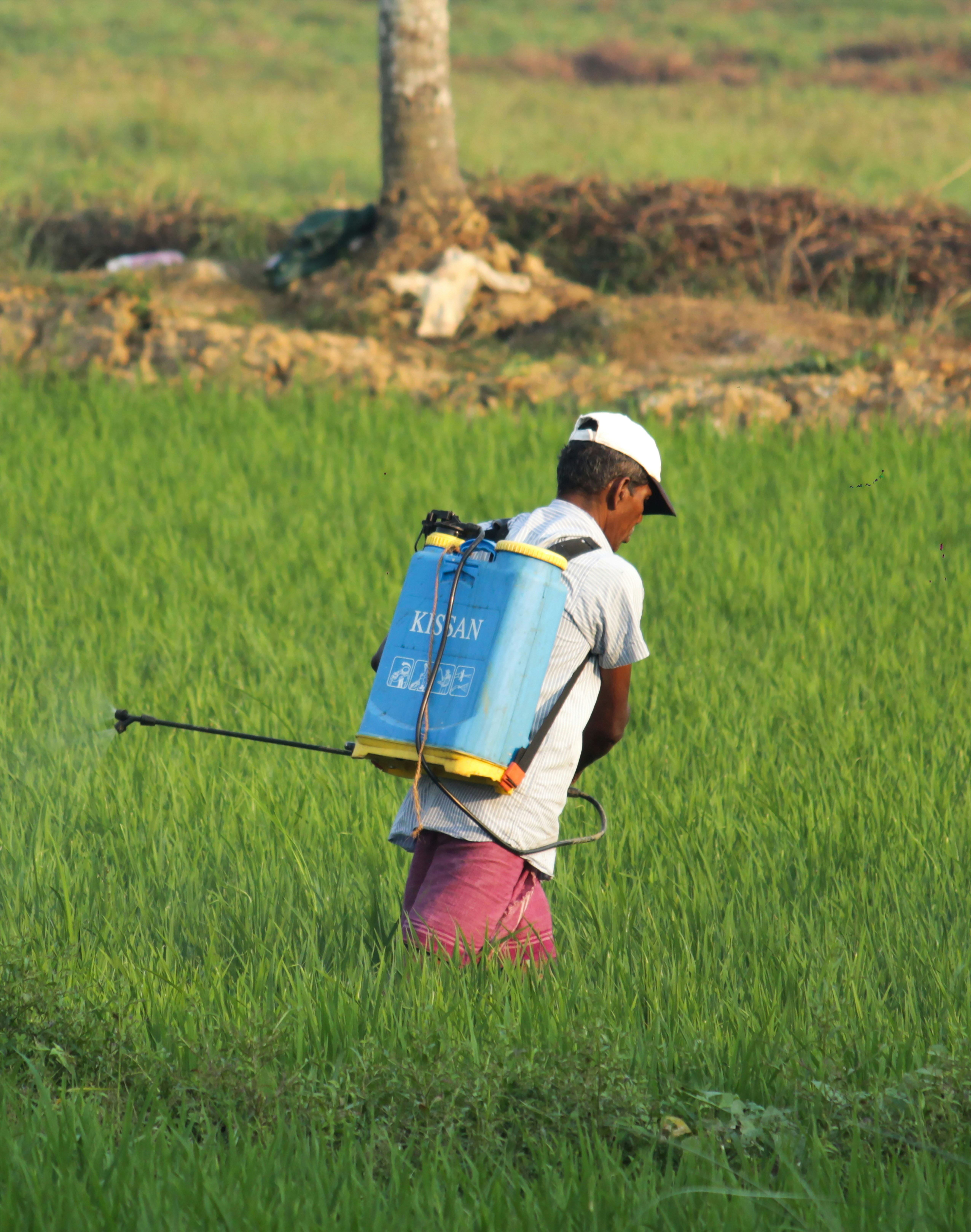
Introduction to Biological Control Agents
Biological control agents are organisms or materials derived from organisms that serve as natural antagonists to pests, effectively managing pest populations in agricultural settings. These agents can be beneficial insects, pathogens, or even plant extracts that disrupt the life cycle of harmful pests. As an integral part of integrated pest management (IPM), biological control aims to reduce reliance on chemical pesticides while ensuring sustainable agricultural practices.
One of the primary advantages of utilizing biological control agents is their target specificity. Unlike synthetic pesticides that may indiscriminately affect beneficial organisms, biological agents typically target specific pests, preserving the ecological balance of the environment. For example, ladybugs are known to feed on aphids without harming other beneficial insects, thereby fostering a more resilient ecosystem. This specificity not only minimizes collateral damage but also supports the survival of beneficial species that contribute to soil health and nutrient cycling.
Environmental safety is another key benefit of biological control agents. As naturally occurring organisms, these agents generally pose lower risks to human health and the environment compared to conventional chemical pesticides. By implementing biological control, growers can enhance soil quality, reduce the prevalence of pesticide residues in food, and promote biodiversity within their farming systems. In addition, biological control agents play a significant role in resistance management, helping to mitigate the development of resistant pest populations. When used as part of a diverse pest management strategy, biological agents can effectively keep pest populations under control without escalating the use of chemical interventions.
In summary, biological control agents represent a sustainable solution for pest management in agriculture, combining effectiveness in pest suppression with ecological and environmental benefits. Understanding their role is essential for growers looking to adopt more sustainable farming practices and reduce their environmental footprint.
Top Biological Control Agents
Effective pest management is essential for successful crop production, and understanding biological control agents is vital for growers. Here are five key biological control agents that every grower should be familiar with:
Trichogramma spp.
Trichogramma is a genus of tiny wasps known for their role as egg parasitoids, particularly in controlling lepidopteran pests such as moths. These wasps target the eggs of harmful insects, effectively preventing the hatching of new pests. They can be applied through various methods, including inundative releases in the field. It is important to monitor the timing of applications, as Trichogramma is most effective when released in the early stages of pest infestations. However, growers should be mindful of environmental conditions that may affect their efficacy.
Beauveria bassiana
Beauveria bassiana is an entomopathogenic fungus that serves as a biological control agent against various soft-bodied insects, including aphids and whiteflies. The fungus infects and eventually kills the pests upon contact. Recommended application methods include foliar sprays and soil drenches, which should be performed under moist conditions to enhance fungal attachment and growth. While effective, Beauveria bassiana has limitations in controlling heavily infested crops, requiring integrated pest management strategies for optimal results.
Phytoseiulus persimilis
This predatory mite is specifically used for managing spider mite outbreaks in crops. Phytoseiulus persimilis has a voracious appetite for spider mites, making it a powerful ally for growers. Application methods involve releasing these mites onto the infested plants, ideally at the onset of spider mite presence to avoid significant damage. However, growers must ensure adequate humidity and provide a habitat that supports the survival of these beneficial mites.
Bacillus thuringiensis
Bacillus thuringiensis (Bt) is a microbial pesticide widely used in organic farming. It contains naturally occurring bacteria that produce toxins lethal to specific pest larvae, particularly caterpillars. Growers can apply Bt as a foliar spray, and its effectiveness is maximized by targeting young, vulnerable larvae. Although it is safe for non-target organisms, its efficacy can diminish in the presence of sunlight and may require reapplication after rain.
Encarsia formosa
This parasitic wasp is particularly effective in controlling greenhouse whiteflies. Encarsia formosa targets whitefly pupae, laying its eggs inside them. This behavioral trait leads to the eventual death of the host and is especially valuable for growers aiming for sustainable pest management. Application involves timely releases in greenhouses, with attention to environmental factors such as temperature and humidity to ensure successful establishment.
The use of these biological control agents can provide effective, environmentally friendly solutions for managing pest populations in various agricultural settings. Understanding their specific mechanisms and application methods will empower growers to incorporate these agents into their pest management strategies. Building a comprehensive approach is essential for sustainable crop success.
Visual Aid: Comparing Biological Control Agents
Within the realm of agricultural pest management, biological control agents play a pivotal role in promoting sustainable practices. To effectively communicate the differences and similarities among various agents, a visual aid—such as a chart or infographic—can be invaluable for growers. This representation not only simplifies complex information but also enhances understanding of each agent’s function and effectiveness.
The visual aid typically includes key components such as icons representing the biological control agents, lifecycle diagrams illustrating their development stages, and concise metrics on their efficacy against target pests. For example, one can illustrate the lifecycle of a natural predator, such as ladybugs, alongside parasitic wasps. This allows growers to easily visualize how each agent operates within the ecosystem, highlighting their predatory or parasitic roles and the specific pests they manage.
Comparative metrics such as reproduction rates, habitat preferences, and optimal environmental conditions are crucial information that should be depicted. For instance, the chart may show that certain predatory mites thrive in drier conditions, while parasitic wasps require higher humidity levels to be effective. By incorporating this data, the infographic serves as a quick reference, enabling growers to make informed decisions based on their specific agricultural needs.
Furthermore, the visual aid can include sections that classify biological control agents into broader categories—such as predators, parasitoids, and pathogens—thereby allowing for a clearer understanding of the role each agent plays in Integrated Pest Management (IPM). Utilizing such a resource ensures that growers are equipped with the knowledge necessary to implement the most suitable biological agents for their unique pest challenges.
Conclusion: The Importance of Integrated Pest Management
In the pursuit of effective pest management, it is crucial to acknowledge that biological control is not a ‘one-size-fits-all’ solution. While biological control agents can provide significant benefits in managing pest populations, their efficacy is influenced by multiple factors, including the specific pest species, the target crop, and prevailing environmental conditions. Therefore, integrating biological control agents into a comprehensive Integrated Pest Management (IPM) strategy is essential for optimal results.
IPM encompasses a holistic approach that merges various pest control techniques, including cultural, mechanical, biological, and chemical methods. This integration enables growers to reduce pest populations effectively while minimizing negative impacts on the ecosystem. Moreover, understanding the life cycles and behaviors of both pests and beneficial organisms is vital. This knowledge allows growers to strategically time the introduction of biological control agents and enhance their effectiveness in specific scenarios.
It is vital for growers to assess the compatibility of chosen biological control agents with other pest management tactics. By carefully considering the interactions between various control methods, one can create a more robust pest management strategy. For instance, certain practices, such as the use of pesticides, can adversely affect beneficial organisms if not applied judiciously. Therefore, a comprehensive understanding of the ecosystem, as well as ongoing monitoring and adjustments, is necessary to achieve the best outcomes.
Ultimately, the success of pest management relies on an informed, adaptable approach that incorporates biological control as a key component. By doing so, growers can enhance crop health, increase sustainability, and promote long-term ecological balance in their farming practices. Embracing the principle of integrated pest management will position growers to tackle pest pressures effectively while safeguarding the environment.

